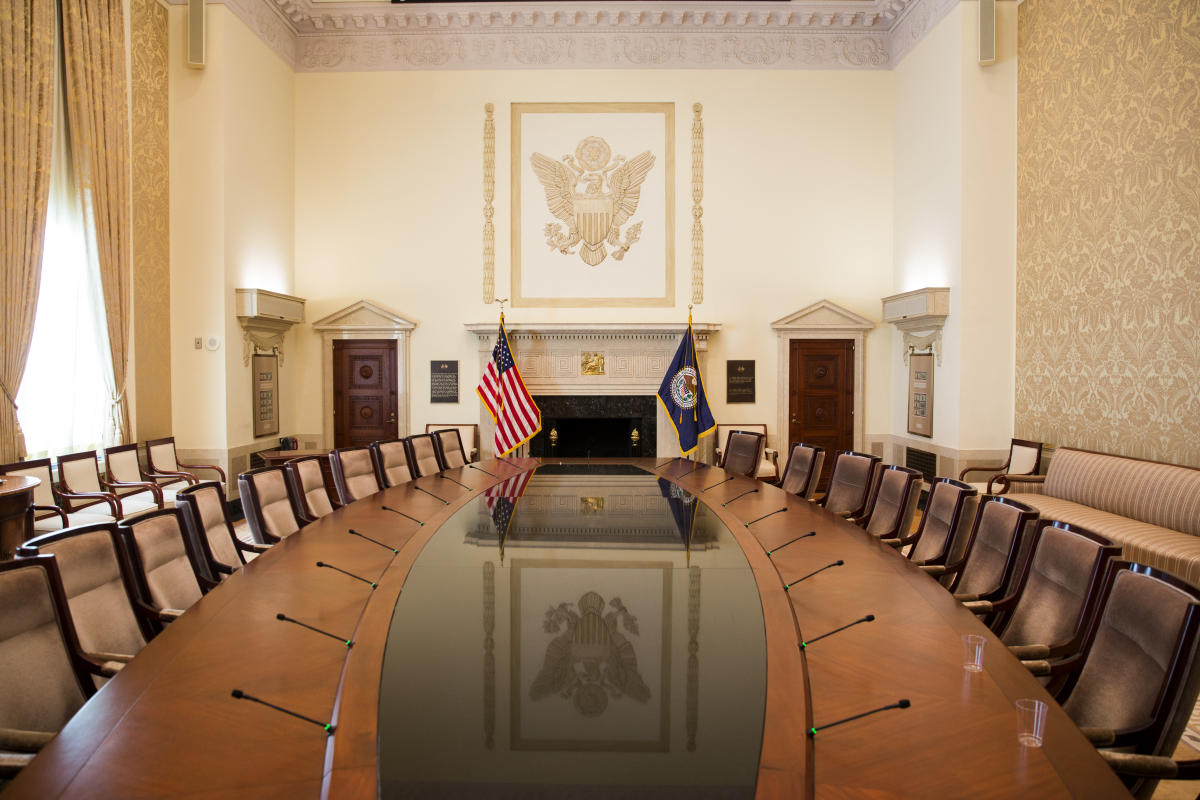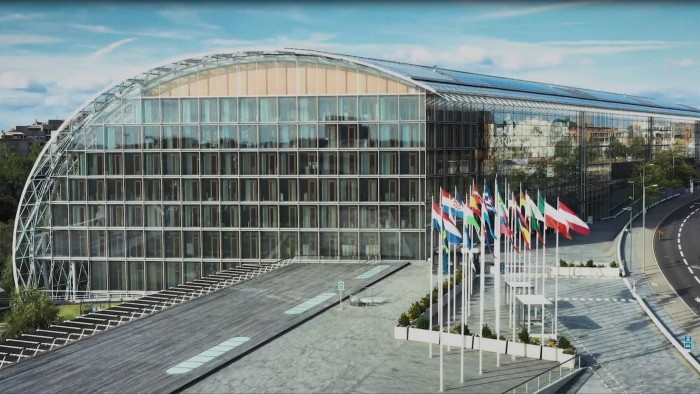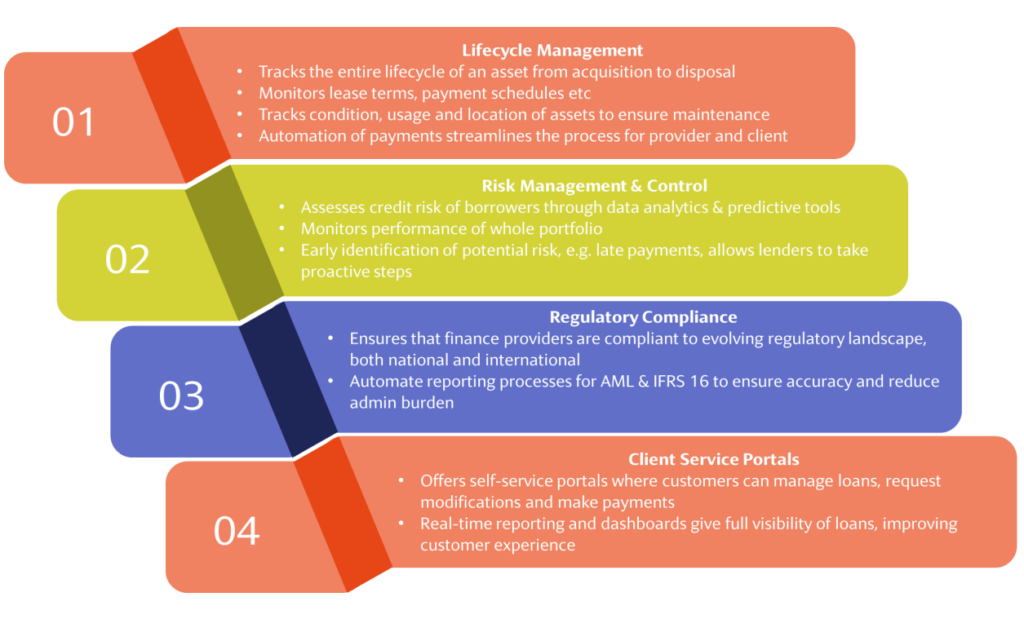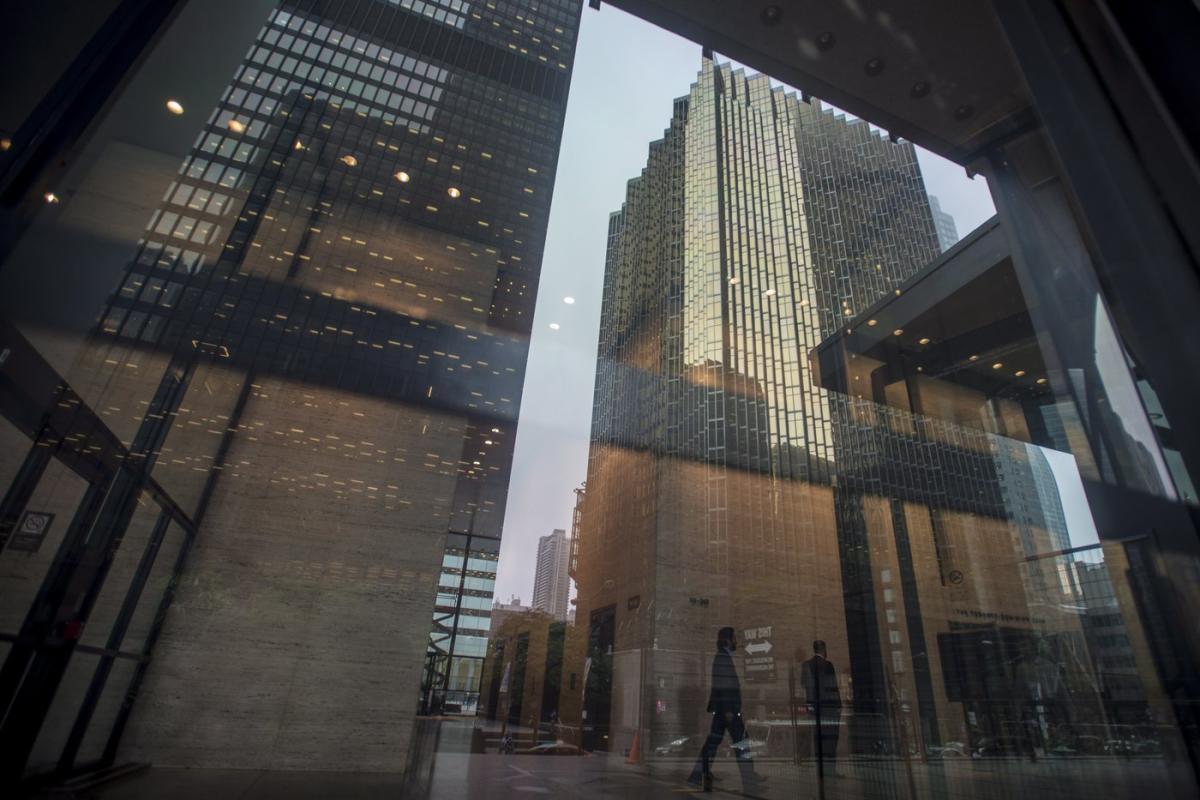- The Liberals have done good things for your personal finances, but their failures loom large
- Want Better Returns? Don’t Ignore These 2 Finance Stocks Set to Beat Earnings
- The ‘most important variable’ to watch in markets right now: Morning Brief
- Trudeau on the brink as ally, finance minister abruptly quits over Trump tariff threats
- Russia adopts Bitcoin, crypto assets for cross-border transactions, finance minister says
The Federal Reserve is sounding more hawkish in the face of stubborn inflation, and those voices could get even louder in 2025.
You are viewing: The Fed is sounding more hawkish. Those voices may get louder in 2025.
Some new members of the Fed’s rate-setting committee who are due to gain voting power in January could tip the Fed further in the direction of fewer rate cuts.
The changeover in policymakers could reinforce a more cautious direction sketched out by the Fed on Wednesday even as it cut rates for its third consecutive meeting. Fed officials tapped the brakes on future expectations by scaling back their projected cuts next year to two from four, due largely to inflation stickiness.
The 2025 shake-up among policymakers is happening because of how the central bank divides votes on its Federal Open Market Committee, a 12-person body that has the final say on whether rates go up or down.
Every January, four of the 12 seats on that committee change hands due to a power-sharing agreement the Fed in Washington has with the 12 quasi-public regional Fed banks based around the country.
In 2025, those four spots will go to regional Fed presidents in Chicago, Boston, St. Louis, and Kansas City — Austan Goolsbee, Susan Collins, Alberto Musalem, and Jeff Schmid.
Some of these new members could make the FOMC marginally more hawkish, based on a review of their public comments in recent months.
They will gain the power to cast votes on rate-setting decisions, along with seven Fed governors (one of whom is Chair Jerome Powell) and the president of the New York Fed, who always has a permanent seat.
Departing the committee are Fed presidents from Cleveland, Richmond, Atlanta, and San Francisco — Beth Hammack, Tom Barkin, Raphael Bostic, and Mary Daly. They can still contribute to rate-setting discussions but won’t be able to cast a final vote.
See more : Should you worry about overfunding your 529 plan?
Among the new 2025 FOMC members, Goolsbee is more dovish, urging a long-term view of how much inflation has fallen since its height in 2022. Collins tends to be neutral.
But Schmid and Musalem have stood out in recent months for their more hawkish commentary about the future path of rates.
“It remains to be seen how much further interest rates will decline or where they might eventually settle,” Schmid said last month while noting that the Fed was still correct to lower rates this year.
Those comments came after the Kansas City Fed president said back in October that he believed that interest rates could settle “well above” the levels seen in the decade before the pandemic — an era of exceptionally low rates.
Read more: What the Fed rate cut means for bank accounts, CDs, loans, and credit cards
Source link https://finance.yahoo.com/news/the-fed-is-sounding-more-hawkish-those-voices-may-get-louder-in-2025-190817347.html
Source: https://summacumlaude.site
Category: News







